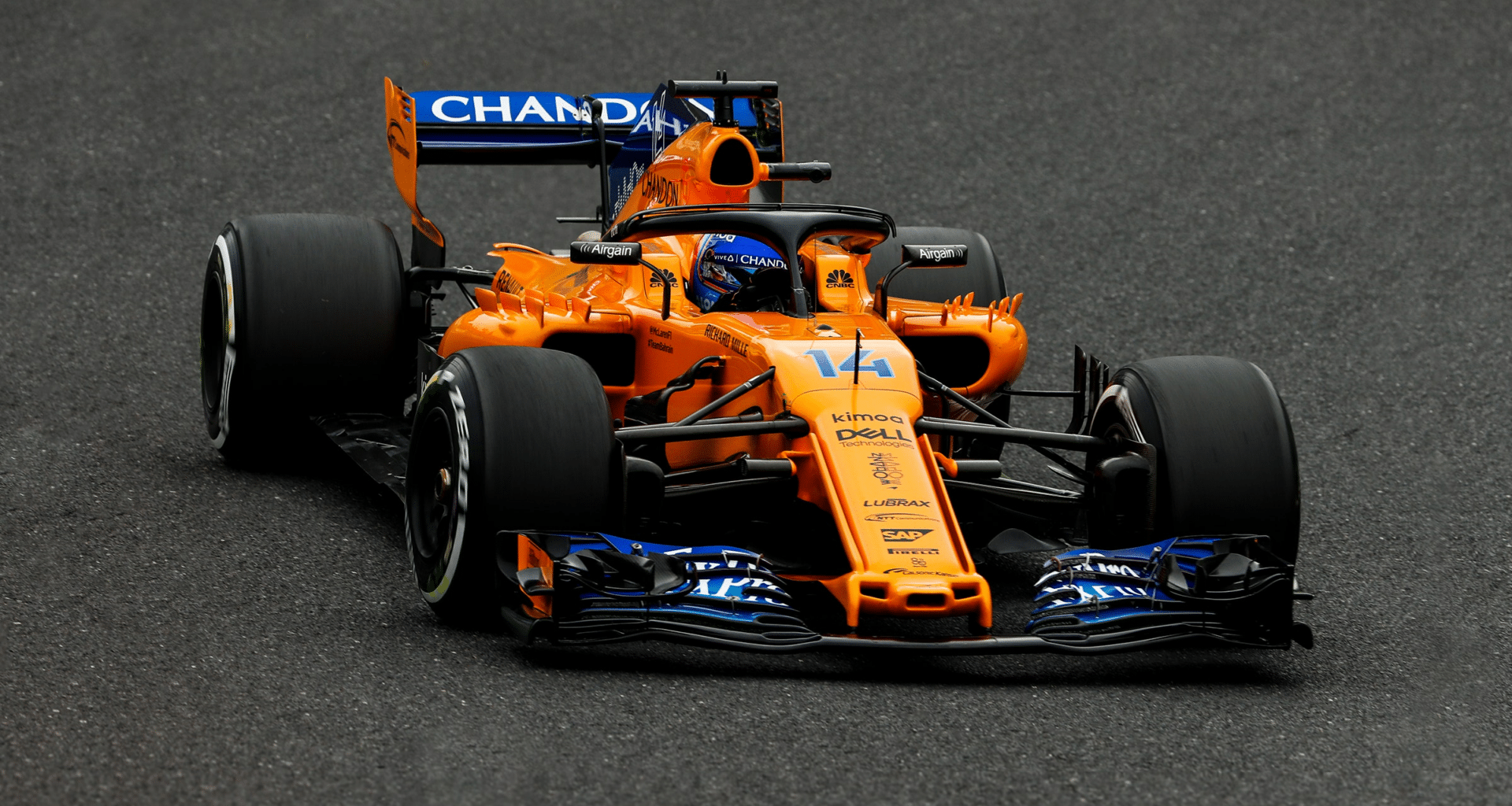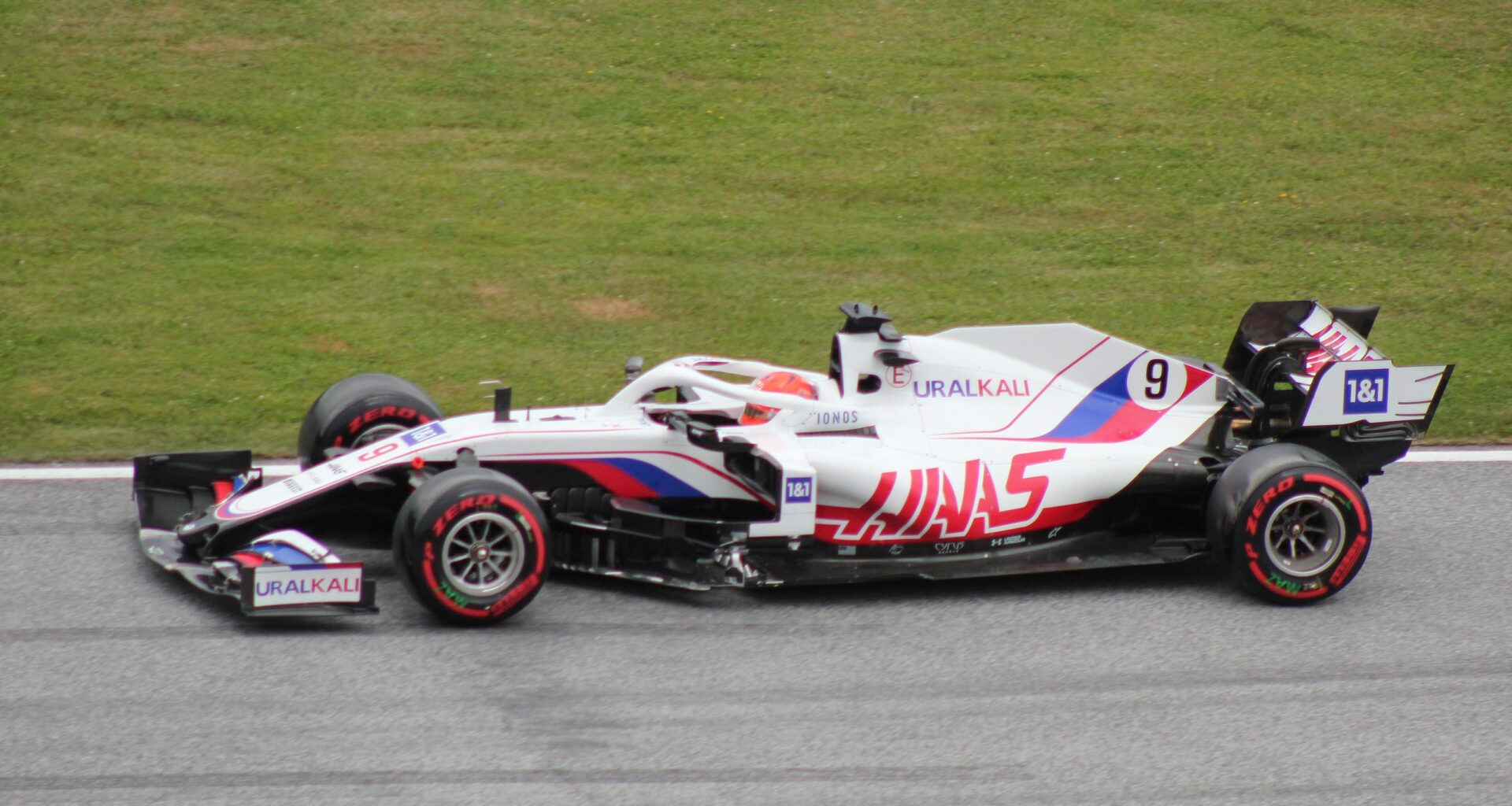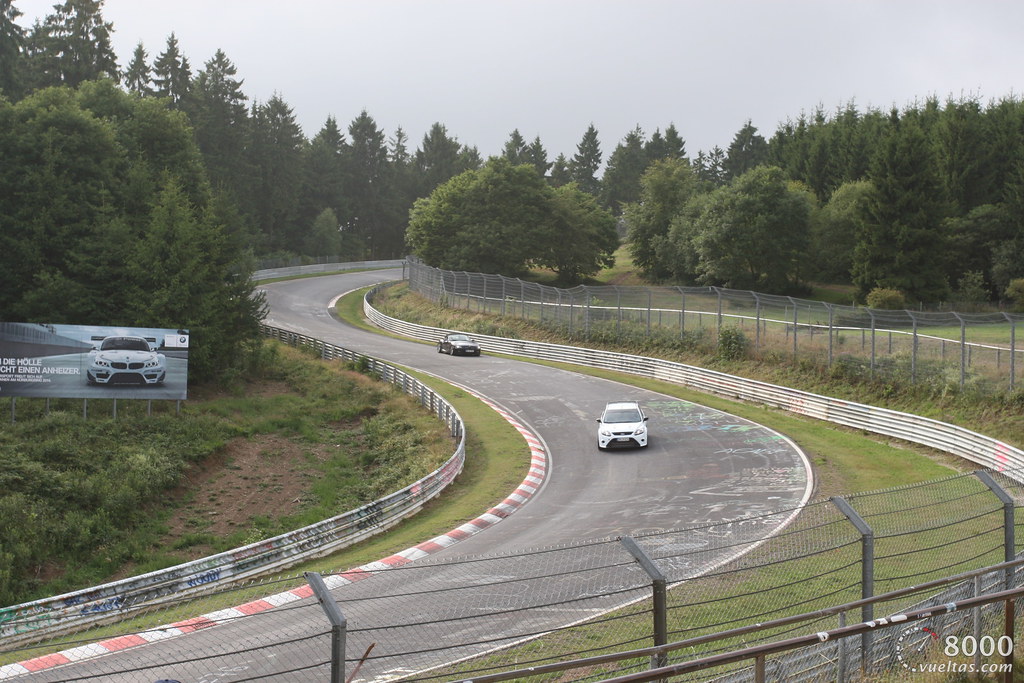Table of Contents
- 1 The Green Flag: Go Ahead
- 2 The Blue Flag: A Call for the Lapped Driver
- 3 The White Flag: Slow-Moving Vehicle Ahead
- 4 The Yellow and Red Striped Flag: Slippery Surface Ahead
- 5 The Yellow Flag: Caution Ahead
- 6 The ‘Code 60’ Flag: Speed Limit Ahead
- 7 The Red Flag: Race Stopped
- 8 The Black Flag: Disqualification or Mechanical Issue
- 9 The Black and Orange Disc Flag: Mechanical Issue Warning
- 10 The Black and White Flag: Unsportsmanlike Conduct Warning
- 11 The Chequered Flag: End of the Race
- 12 Flag Panels: An Additional Signalling System in F1
The Green Flag: Go Ahead
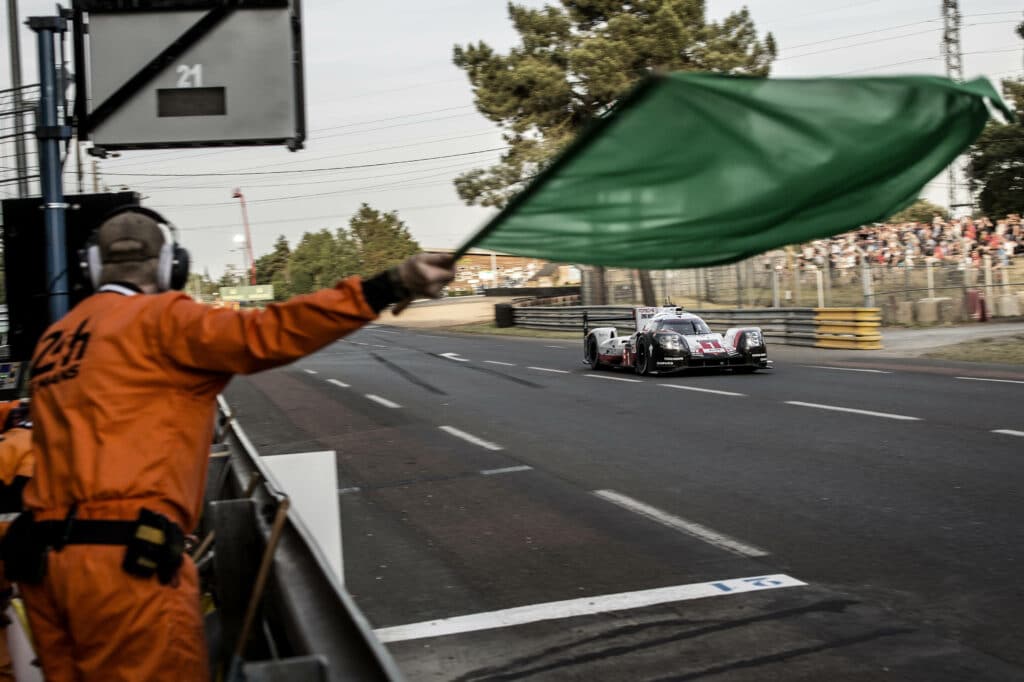
The green flag in Formula 1 signifies the start of a session or that the track is clear. When drivers see this flag, they know it’s safe to proceed at full speed. It’s a symbol of ‘go ahead’, indicating that any previous danger or issue has been resolved.
The green flag is often used in conjunction with other flags. For instance, if a yellow flag (indicating danger) has been shown and then replaced by a green flag, it means the danger has passed and drivers can resume racing at full speed.
The Blue Flag: A Call for the Lapped Driver
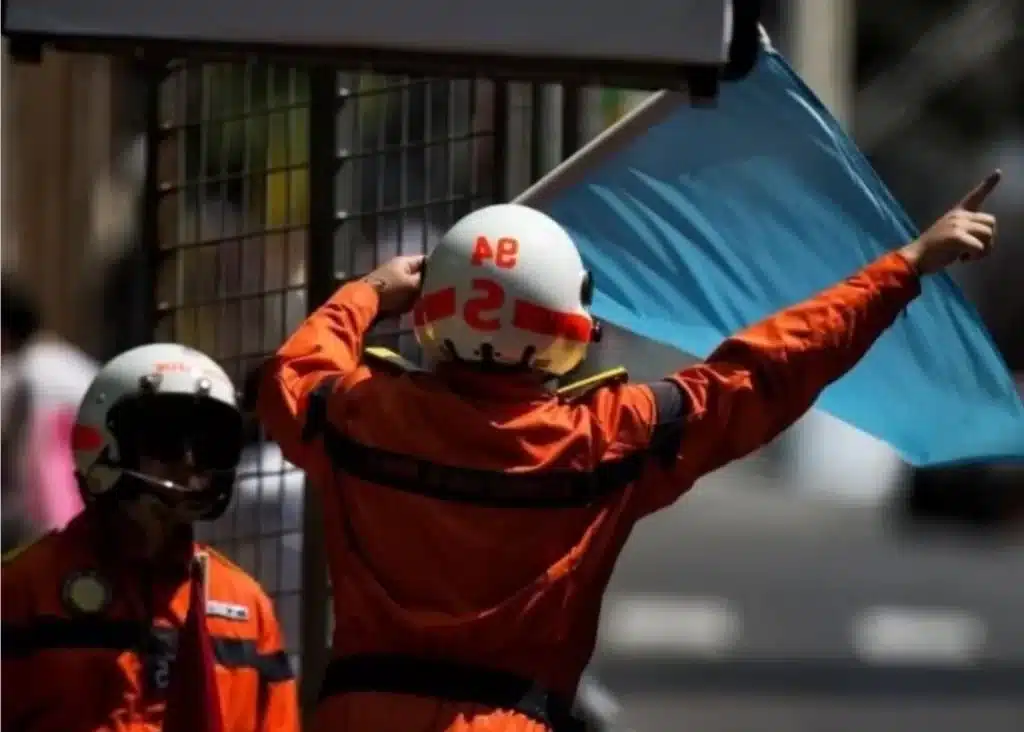
The blue flag in Formula 1 is a signal to a driver that they are about to be overtaken by a faster car. This flag is typically shown to drivers who have been lapped and are therefore a lap or more behind the leader.
When a driver sees the blue flag, they are expected to allow the faster car to overtake them safely and without impediment. Failure to do so can result in penalties, as it’s crucial for the flow and safety of the race that faster cars are not held up by slower ones.
The White Flag: Slow-Moving Vehicle Ahead
The white flag in Formula 1 is used to warn drivers of a slow-moving vehicle ahead. This could be a recovery vehicle, a marshal on the track, or a car that is significantly slower than the rest of the field.
When drivers see the white flag, they must prepare to slow down and approach the situation with caution. It’s a reminder that even in the heat of the race, safety must always come first.
The Yellow and Red Striped Flag: Slippery Surface Ahead
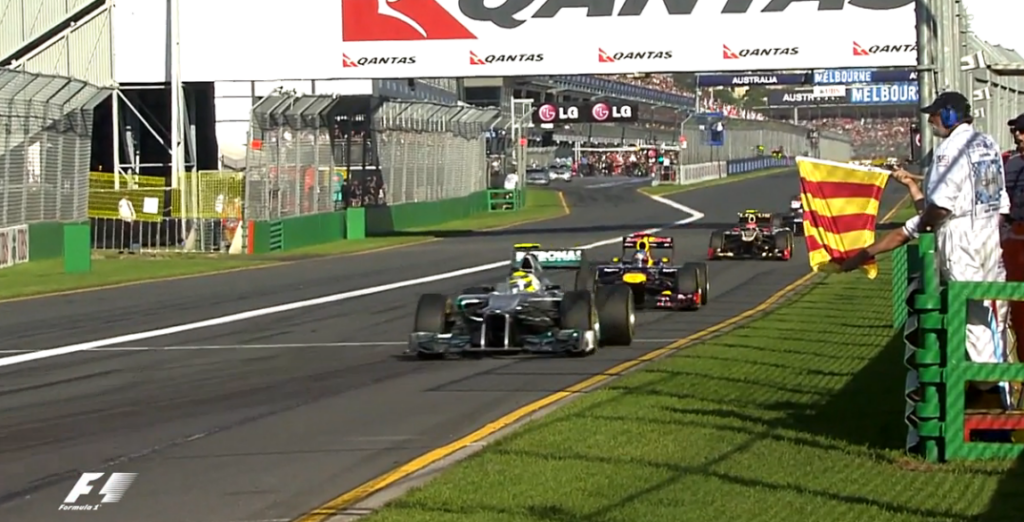
The yellow and red striped flag in Formula 1 is used to alert drivers to a slippery surface ahead. This could be due to oil, water, or debris on the track.
When drivers see this flag, they must reduce their speed and proceed with caution. The slippery surface could cause them to lose control of their car, so it’s crucial that they approach the area with care.
The Yellow Flag: Caution Ahead

The yellow flag in Formula 1 is one of the most important signals in the sport. It indicates danger ahead and requires drivers to slow down and be prepared to change direction.
When a yellow flag is shown, overtaking is prohibited. This is to ensure the safety of the drivers, as well as any marshals or recovery vehicles that may be on the track. The yellow flag can be shown as a single flag or a double flag, depending on the severity of the danger.
The ‘Code 60’ Flag: Speed Limit Ahead

The ‘Code 60’ flag in Formula 1 is used to indicate a specific speed limit that drivers must adhere to due to dangerous conditions on the track.
When the ‘Code 60’ flag is shown, drivers must reduce their speed to around 35% less than a normal dry lap time. This is to ensure their safety and the safety of anyone else on the track.
The Red Flag: Race Stopped
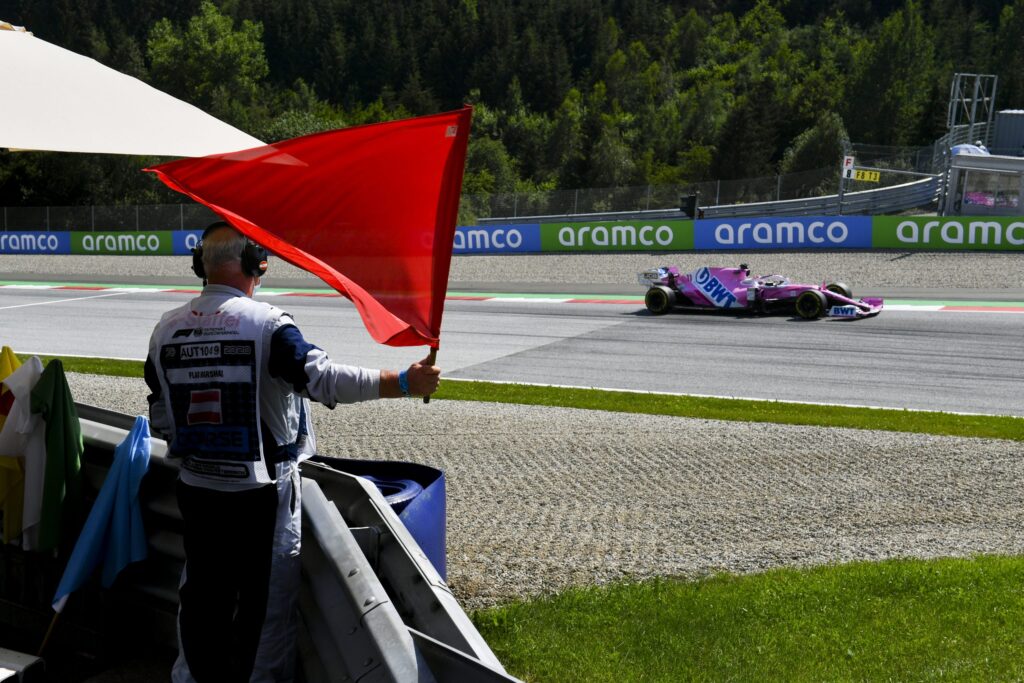
The red flag in Formula 1 is used to stop a practice session, qualifying session, or race due to a serious accident or extreme weather conditions. When the red flag is shown, all drivers must immediately return to the pits and await further instructions.
The red flag is a symbol of the utmost caution in Formula 1 racing. It signifies that the conditions are too dangerous for the race to continue.
The Black Flag: Disqualification or Mechanical Issue

The black flag in Formula 1 is used to disqualify a driver or order them to return to the pits due to a mechanical issue. When a driver sees the black flag, they must immediately return to the pits and report to the race officials.
The black flag can be shown for a variety of reasons, including ignoring previous flags, dangerous driving, or mechanical issues that make the car unsafe to drive.
The Black and Orange Disc Flag: Mechanical Issue Warning

The black and orange disc flag in Formula 1 is used to indicate that a car has damage or a mechanical issue that needs to be addressed. When a driver sees this flag, they must return to the pits immediately and have their car inspected.
The black and orange disc flag is a warning to the driver that their car may be unsafe to drive. It’s crucial that they heed this warning and address the issue promptly to avoid further damage or danger.
The Black and White Flag: Unsportsmanlike Conduct Warning

The black and white flag in Formula 1 is used to warn a driver of unsportsmanlike conduct. This could include aggressive driving, ignoring the rules, or other behavior that is deemed inappropriate.
When a driver sees the black and white flag, they are being warned that their behavior is under scrutiny. If they continue to act in an unsportsmanlike manner, they could face penalties or disqualification.
The Chequered Flag: End of the Race
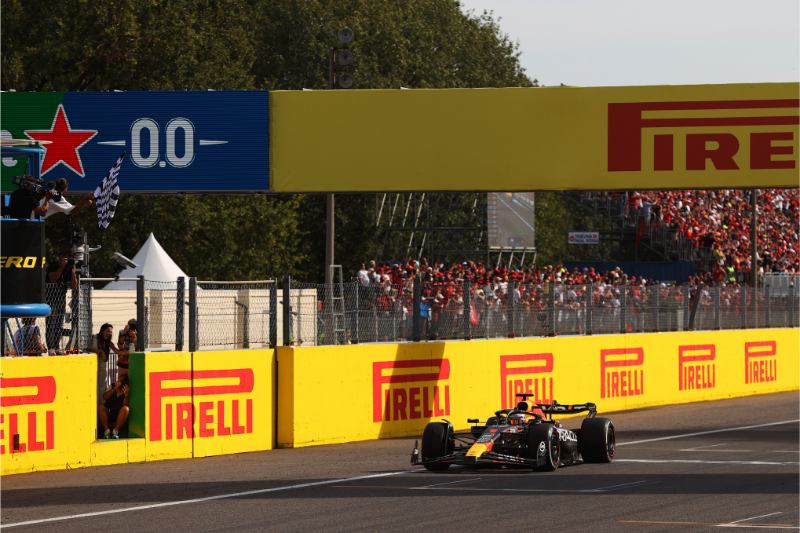
The chequered flag in Formula 1 is used to mark the end of a session or race. When drivers see this flag, they know that the race is over and they can slow down and return to the pits.
The chequered flag is a symbol of completion in Formula 1 racing. It signifies the end of a grueling race and the beginning of celebration or reflection.
Flag Panels: An Additional Signalling System in F1
In addition to the traditional system of colored flags, Formula 1 also uses digital light panels to communicate with drivers. These panels can display a variety of messages, including speed limits, track conditions, and race status.
Flag panels are an important part of the communication system in Formula 1. They provide drivers with clear, concise information that can help them make informed decisions during the race.

